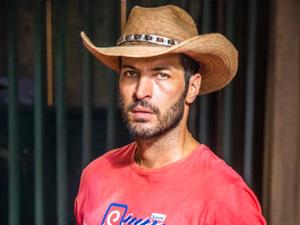Juliana Paes levou dias para gravar morte de Maria Marruá em 'Pantanal'

Juliana Paes sofreu para gravar os momentos finais de Maria Marruá em "Pantanal". A atriz relembrou todo o trabalho que teve na sequência da morte da personagem na novela.
"A cena teve que ser gravada em mais de um dia porque precisava desse pôr de sol, essa incidência específica que durava pouco tempo", contou a atriz no "Altas Horas".
"A cena precisava de várias decupagens, vários ângulos diferentes. A gente tinha cabeça de onça, luva de onça, mas acabamos usando só os gemidos da onça no lugar dos meus", explicou. "Foi muita emoção."
"Essa cena já entrou na história da teledramaturgia brasileira", elogiou Pedro Bial sobre a sequência, exibida no programa.

















ID: {{comments.info.id}}
URL: {{comments.info.url}}
Ocorreu um erro ao carregar os comentários.
Por favor, tente novamente mais tarde.
{{comments.total}} Comentário
{{comments.total}} Comentários
Seja o primeiro a comentar
Essa discussão está encerrada
Não é possivel enviar novos comentários.
Essa área é exclusiva para você, , ler e comentar.
Só s do UOL podem comentar
Ainda não é ? Assine já.
Se você já é do UOL, faça seu .
O autor da mensagem, e não o UOL, é o responsável pelo comentário. Reserve um tempo para ler as Regras de Uso para comentários.